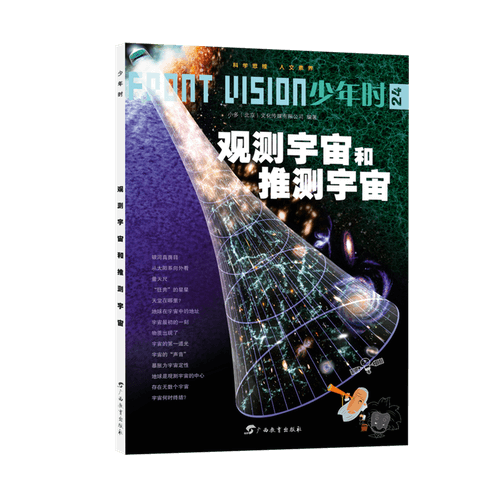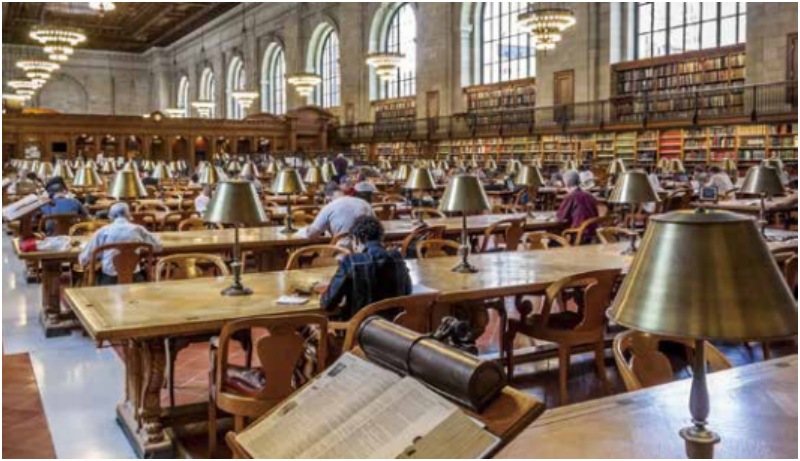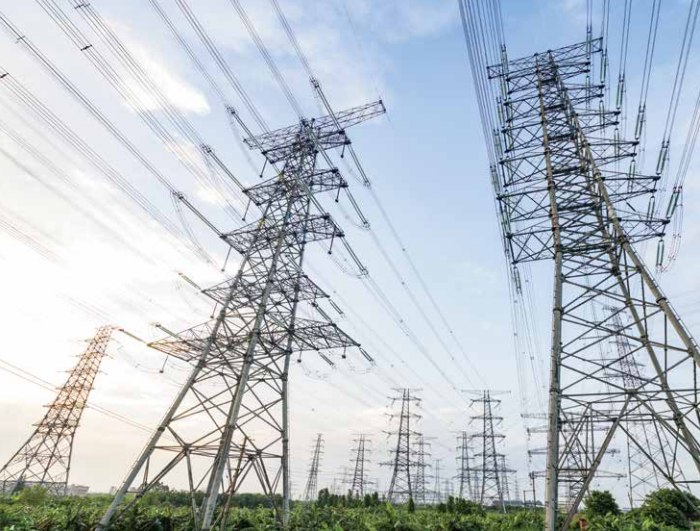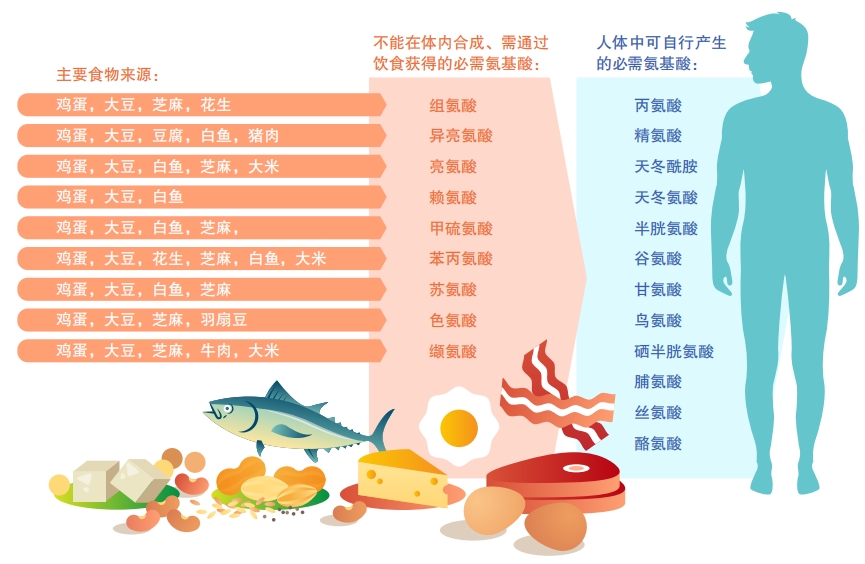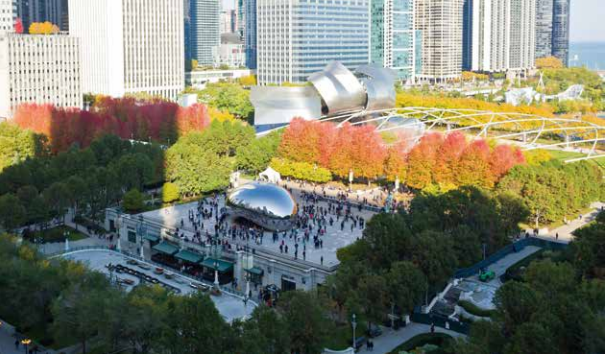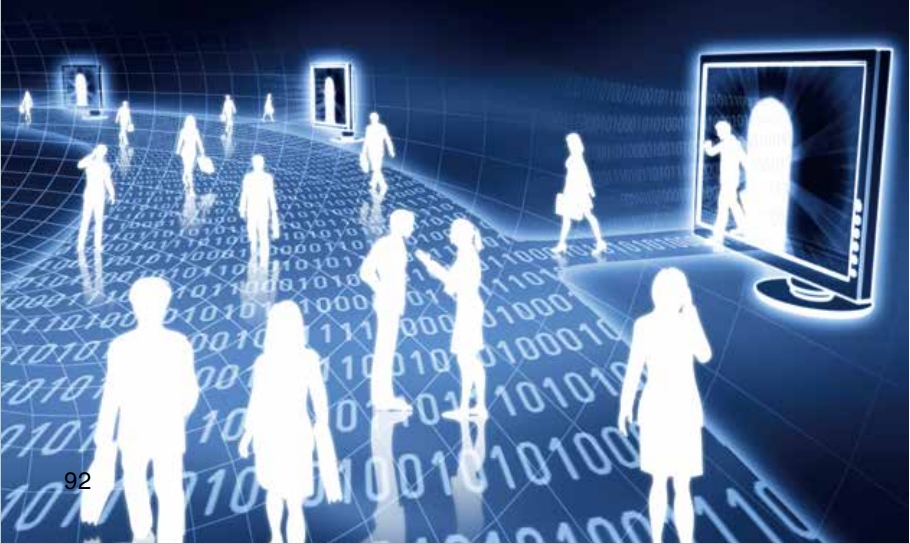一名科普作家的写作经验
I didn’t set out to become a science writer. I wrote fantasy stories about magic portals and imaginary worlds all through grade school, high school, and college. But then I got an internship at a children’s magazine group, and all of their magazines were nonfiction. Toward the end of my internship, the science magazine’s editor wanted to profile a biometrics expert in one issue, and she asked me to do the interview. I agreed, but I was terrified. Would this person agree to talk to me? Would she know I’d never done this before? I knew nothing about biometrics . Would I sound stupid?
一名科普作家的写作经验 Continue reading »



